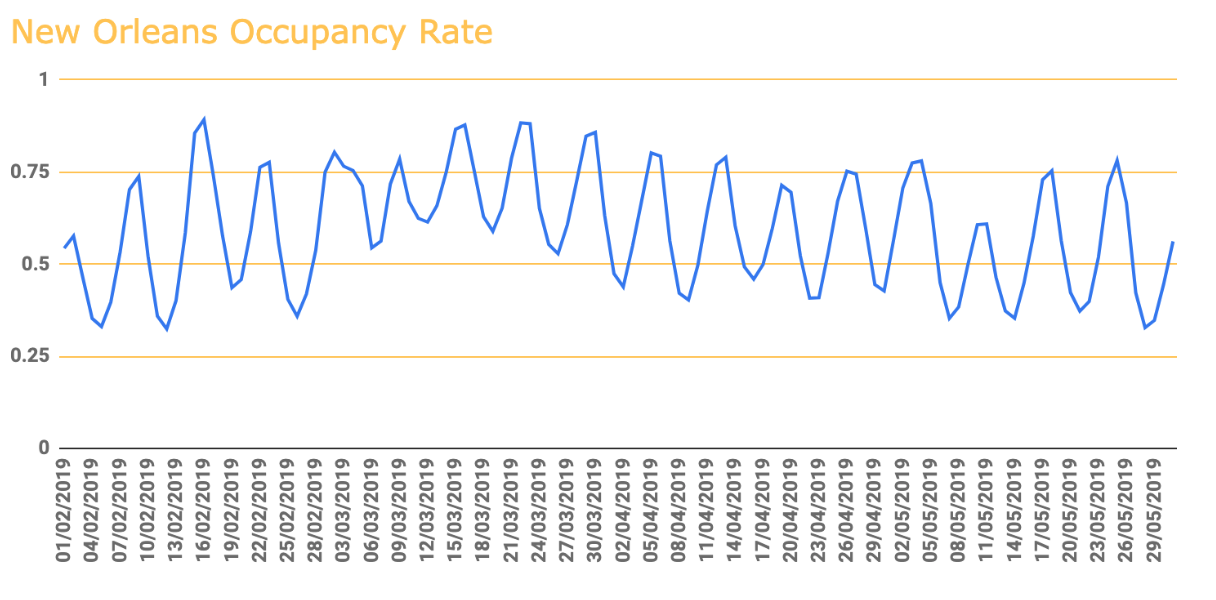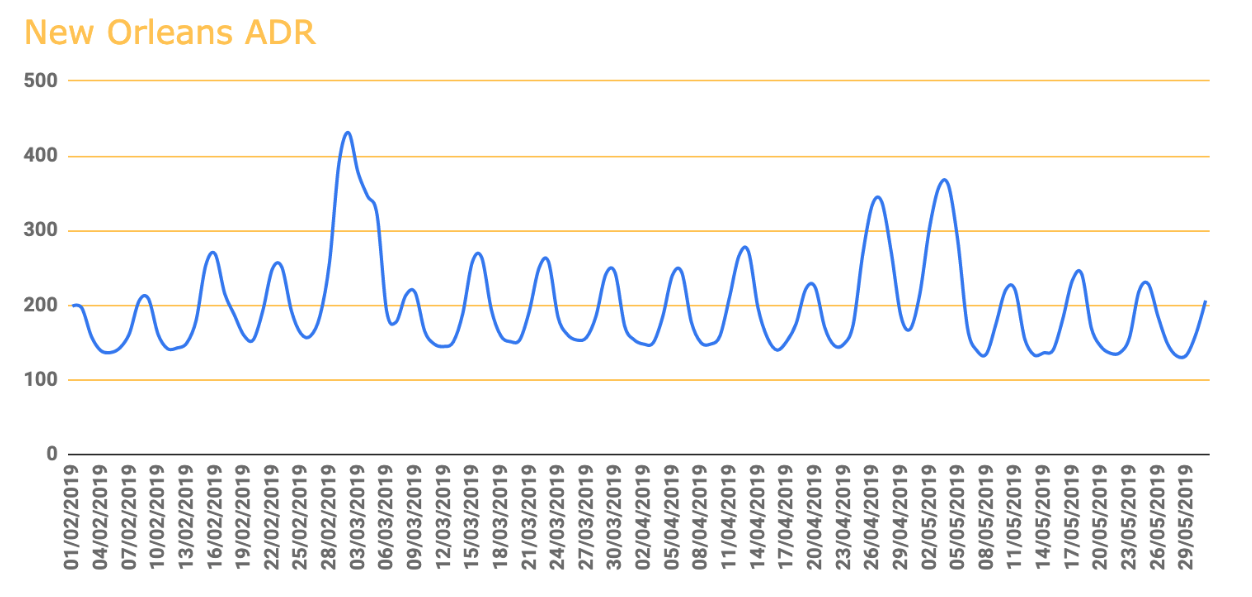How Hotel Restaurants Can Use Vacation Rental Data to Gauge Demand
Bianca Esmond
5 min read
Oct 3, 2019

Bianca Esmond
5 min read
Oct 3, 2019

In the decade since online rental platforms began disrupting the hospitality industry, the relationship between hotels and vacation rentals has been fraught. However, there is an area in which hotels can benefit from vacation rentals: by using their data to drive business intelligence.
The rise in vacation rentals has yielded an unprecedented volume of travel data. And information on travelers’ tastes, spending habits, and places of origin provide valuable insights for many areas of hotel operation, especially the hotel restaurant business.
Hotel restaurants are as exposed to changes in demand as any other sector of the hospitality industry. From ordering the right amount of food inventory to managing the right level of staff, the success of a restaurant business hinges on aligning the number of expected and served guests.
Drilling into vacation rental data is a simple way for hotel restaurants to accurately gauge demand. To illustrate this concept, we’re going to examine data from one popular rental market.
New Orleans is one of the most popular vacation destinations in the US. Each year, over 18 million visitors spend about $9 billion on lodging, F&B, entertainment, and more. One of the most popular times to visit the city is during spring, so to illustrate the utility of rental demand, we’ve used data from February to May of 2019.
Occupancy rate is one of the most important metrics in the accommodation industry. Expressed as the percentage of time a listing is occupied, it’s a great way to take the pulse of any market.
For reference, vacation rental hosts in most places would be pleased to see occupancy rates above 60%. Even though some seasonal markets perform well with occupancy rates as low as 30%, like ski resorts or festival towns, an average of 60% is generally considered good business.
As shown in the graph above, the market in New Orleans fluctuates dramatically during the week. On Tuesday, February 12th, occupancy rates dipped down to 32.5%. Just four days later, on Saturday the 16th, occupancy rates shot up to 89.6%—a 175% increase.
This data is valuable to hotel restaurants. Knowing that weekends outsell weekdays is no secret, but knowing the degree of change allows for next-level, cost-saving preparation.
Hoteliers will also notice that the month of March sees significantly more visitors than other months during this time period. Now, knowing how many people will be in town is one thing. Knowing how much they’re likely to spend provides even more information.
The chart below shows average daily rates (ADR) for the New Orleans vacation rental market. As displayed, mid-week lows bottom out around the mid-$130’s, and weekend highs average about $250.
Most notable from this chart are the two spikes seen in late February / early March, and late April/early May. Unsurprisingly, those two date ranges are associated with Mardi Gras and the New Orleans Jazz Festival, respectively.
Many studies have shown the relationship between vacation rental bookings and the subsequent economic impact on surrounding communities. The more visitors are willing to pay for accommodation, the more they’re likely to spend on things like food, drinks, and activities. Creating specialty menus to upsell guests during sold-out events, redesigning table layouts to make room for more guests, and having more on-call staff are easy ways to prepare for—and maximize—this rush.
Data can also be leveraged to understand guests and create personalized guest experiences. Some hospitality software supports this need by helping managers create robust profiles of guests (including preferences, spending habits, and identifiers like allergies and dietary restrictions), manage reservations, and ultimately increase profitability.
Once restaurants have a clear, data-based timeline for expected demand, they can also use that information to change the way they make marketing decisions. Whether the goal is to capitalize on peak demand or improve mid-week or end-of-month lulls (guests spend more in the first 10 days of the month), marketing and ad spends can be deployed strategically to fill the gap in demand, and drive increased, predictable volume.
In today’s competitive hospitality landscape, the most successful businesses are those able to anticipate what their customers want, both on a demographic, macro-level and as individual guests. And although the rise of vacation rentals has changed the dynamics of the hospitality market, it has also provided a wealth of data that smart hotels can use to conduct market research and stay ahead of the competition.
Whether it’s through the use of industry-leading software or data reporting from an adjacent industry, there are tons of sources of insight out there that hotel restaurant managers can use to exceed their goals. For more information on vacation rental data for any given market around the world, check out AllTheRooms Analytics.
Methodology
Data was sourced by AllTheRooms, the world’s leading vacation rental search engine and data analytics provider. All data represented in the charts above was taken from February 2019 to May 2019.